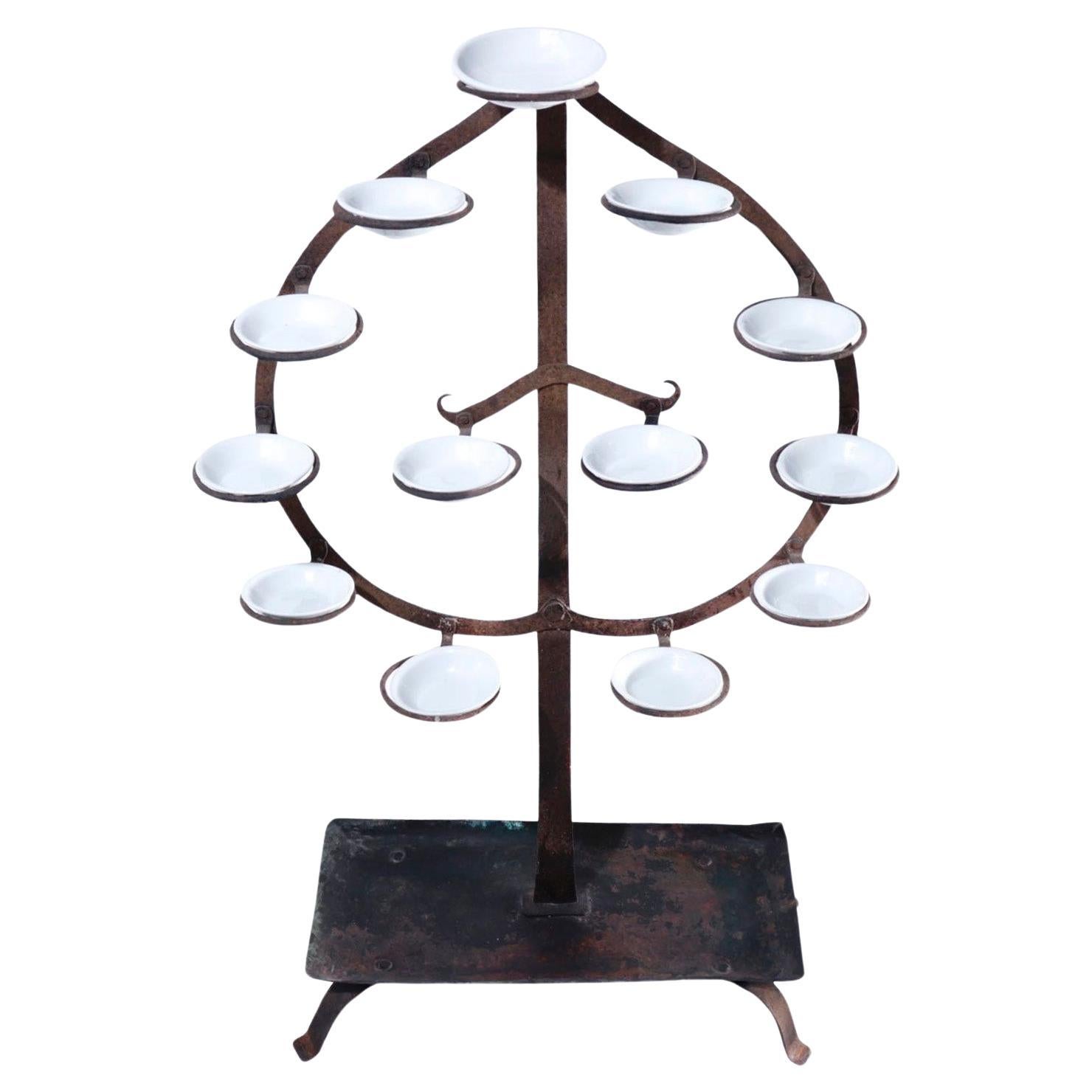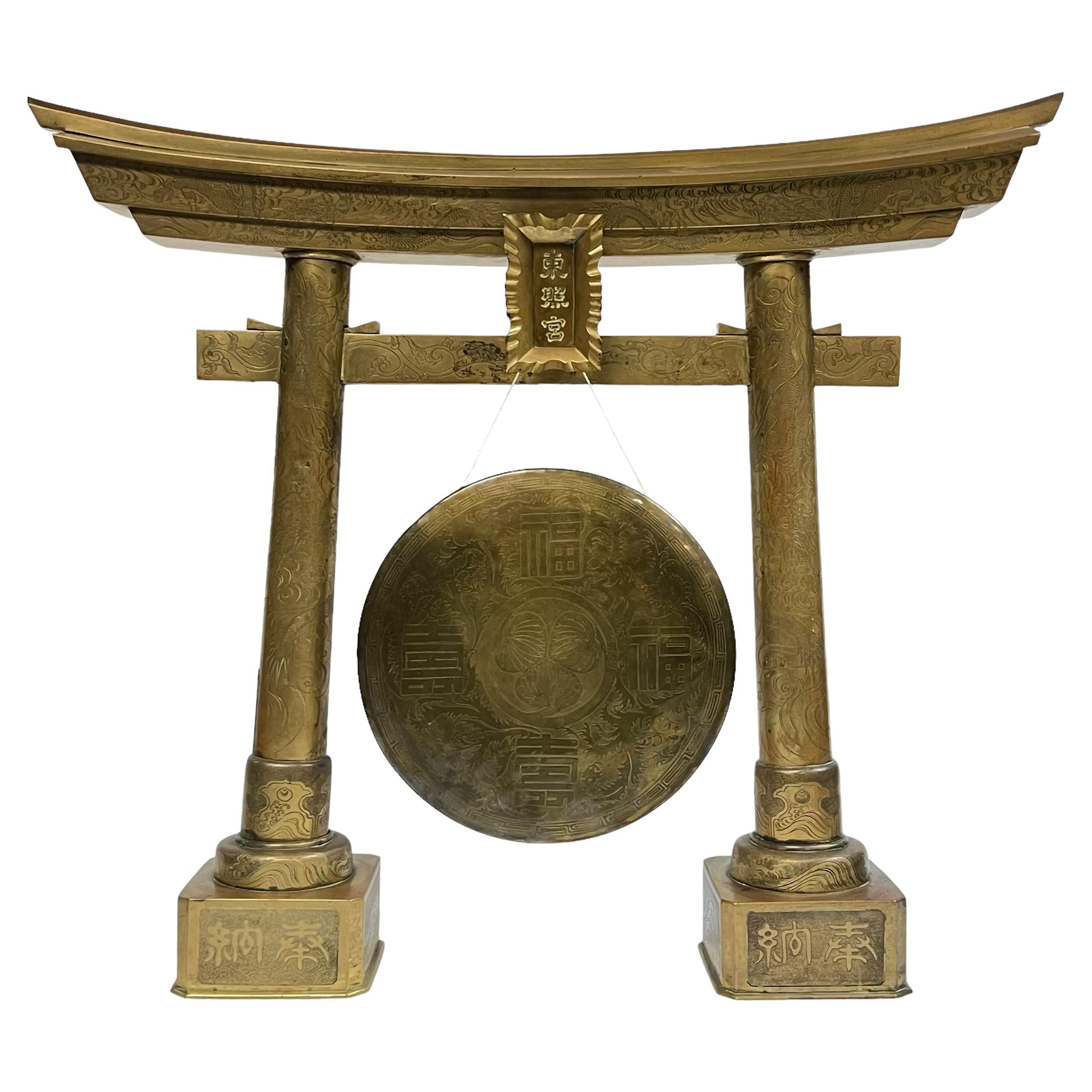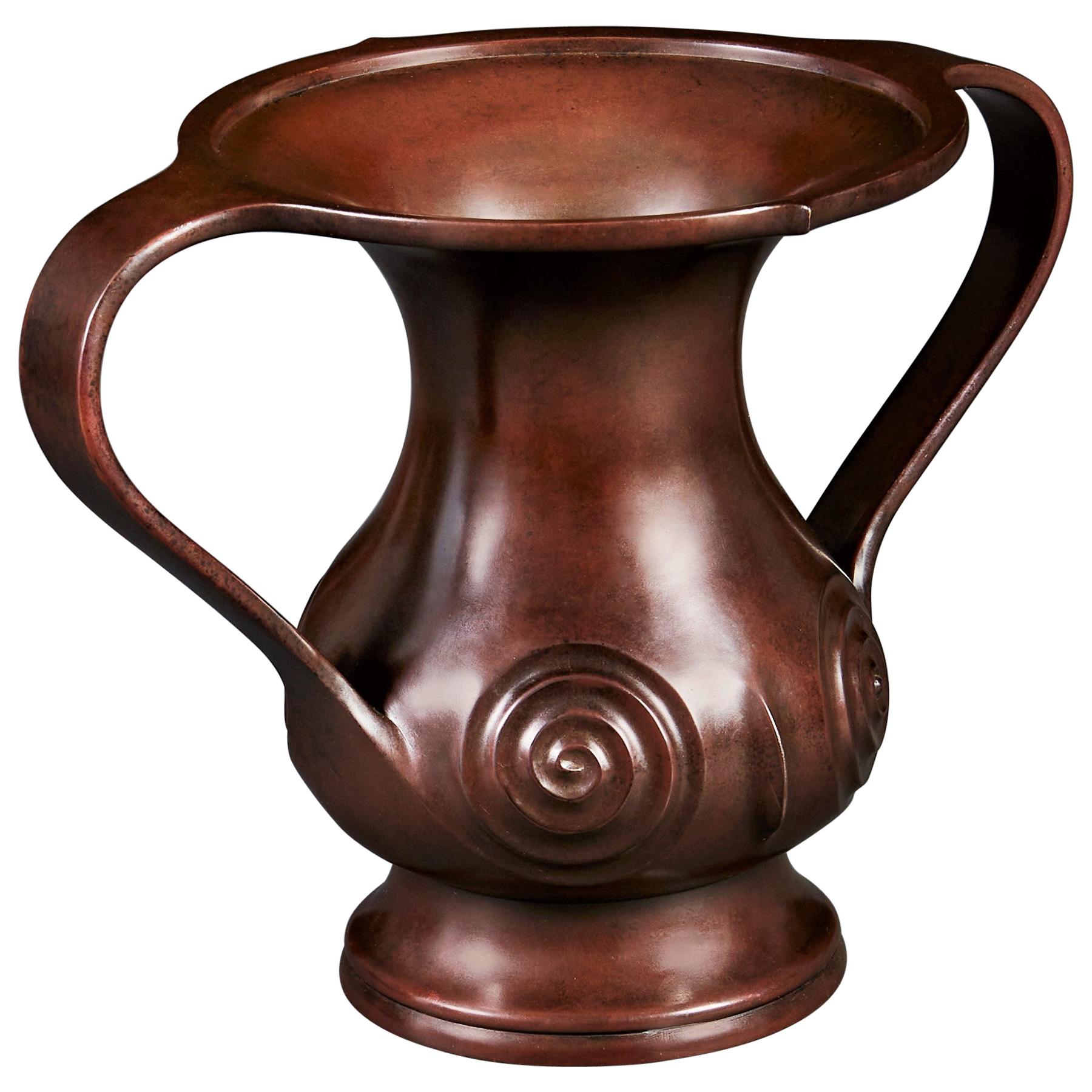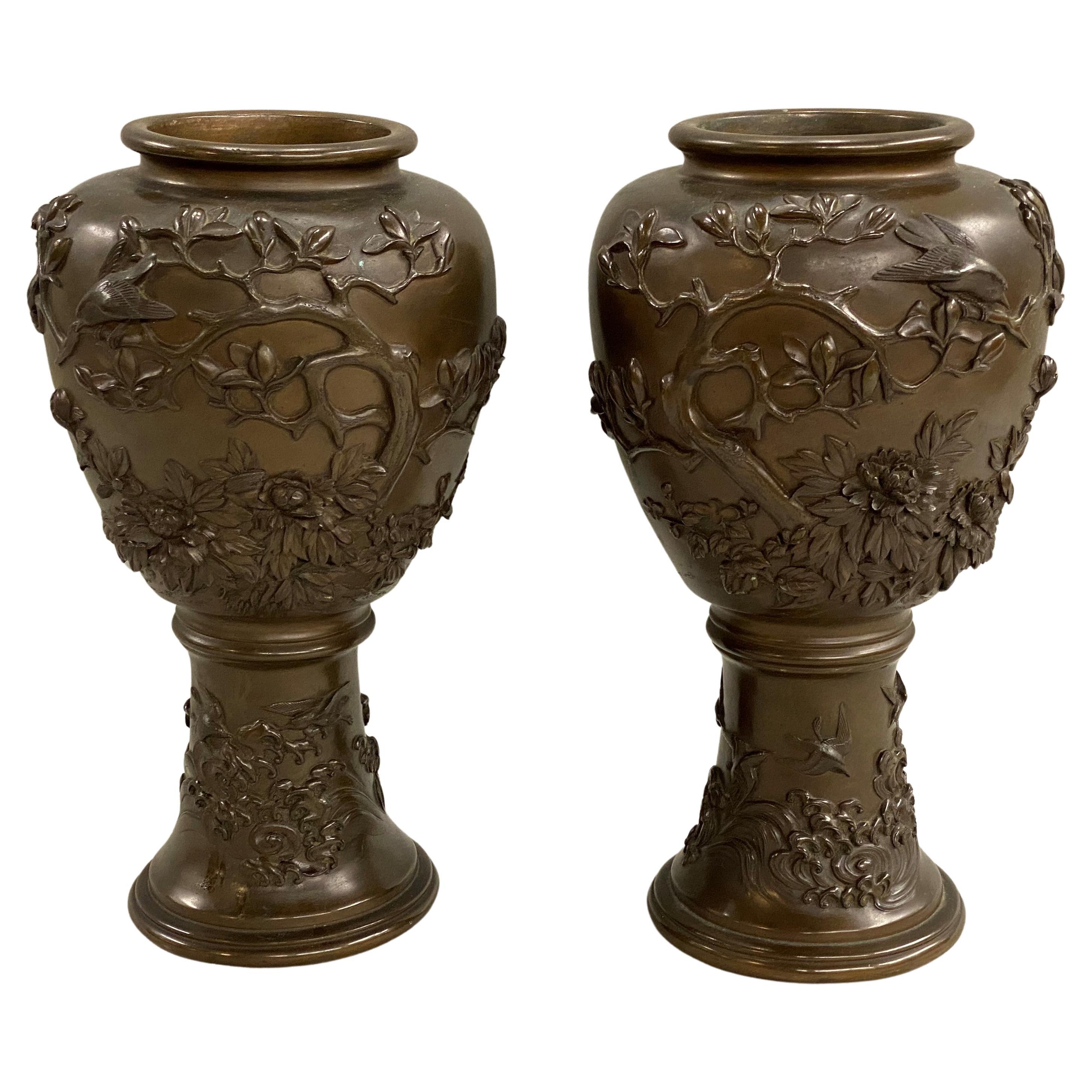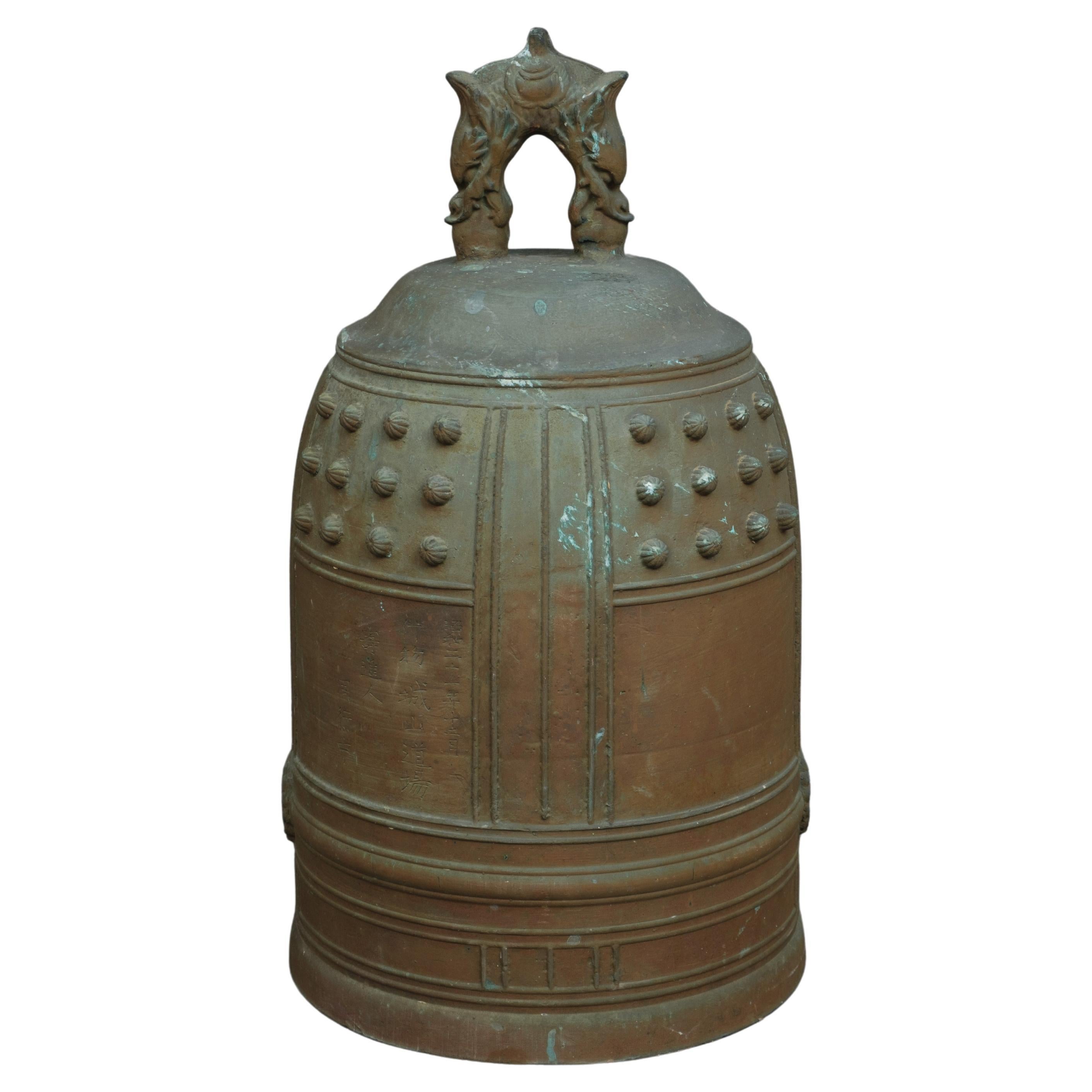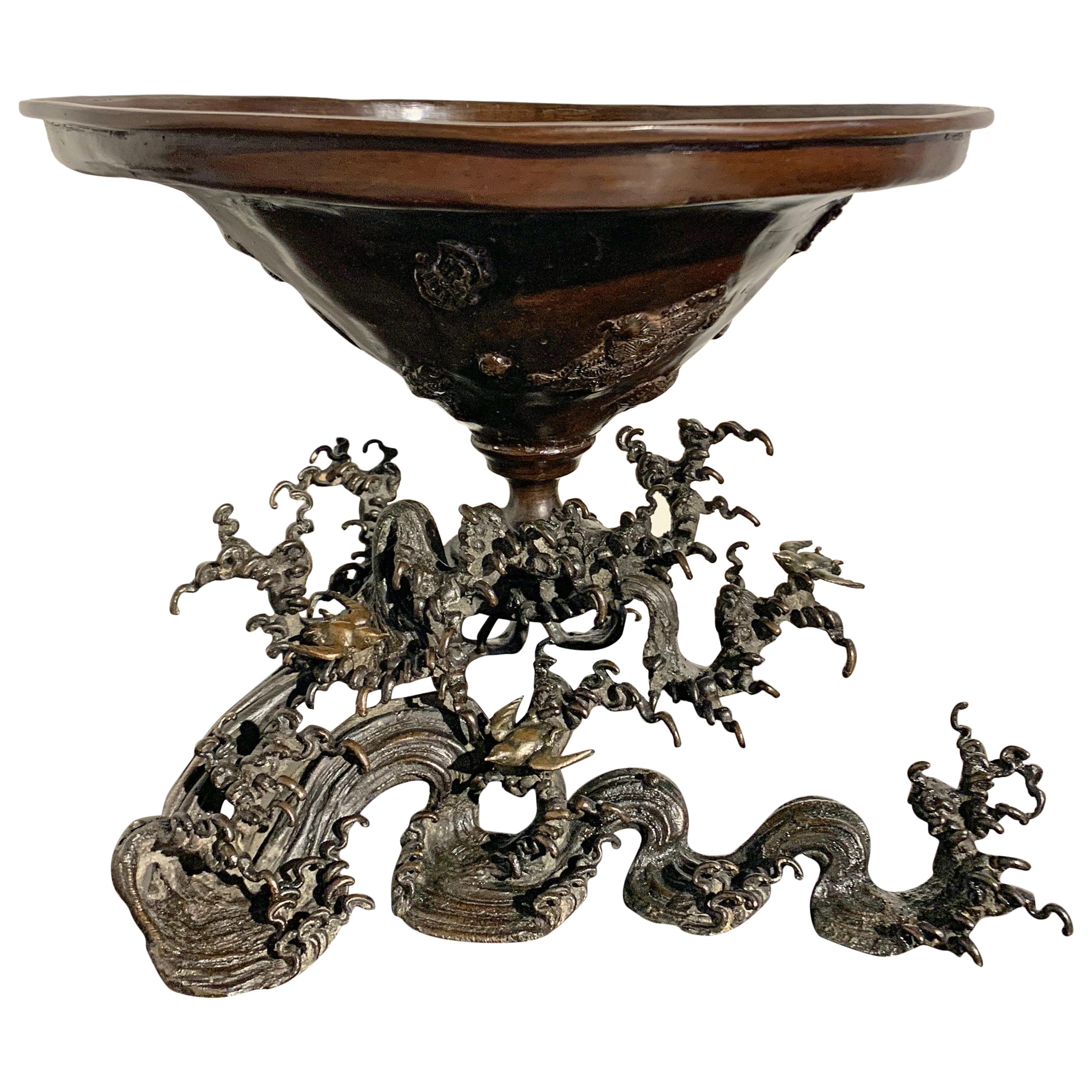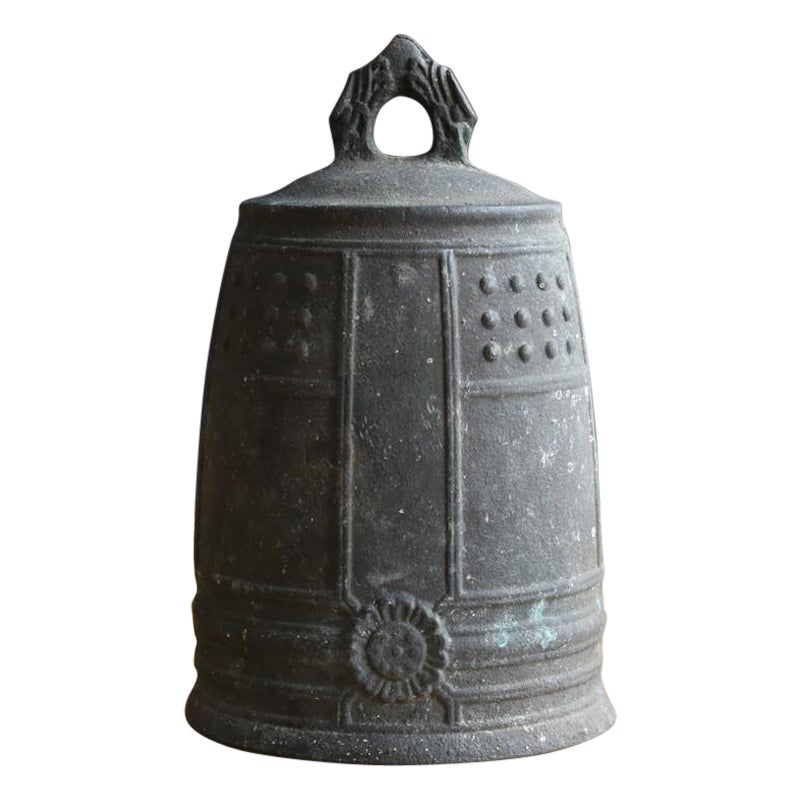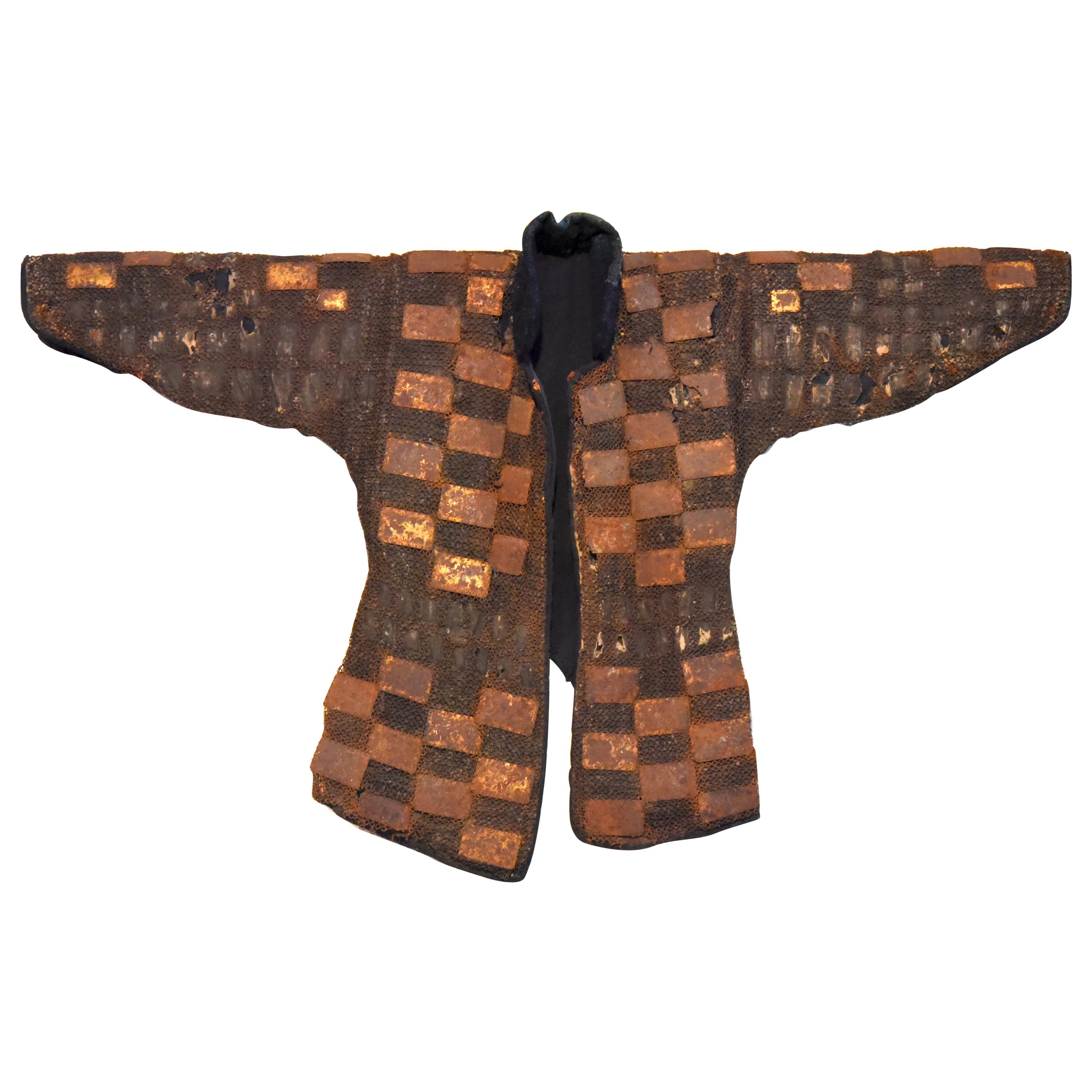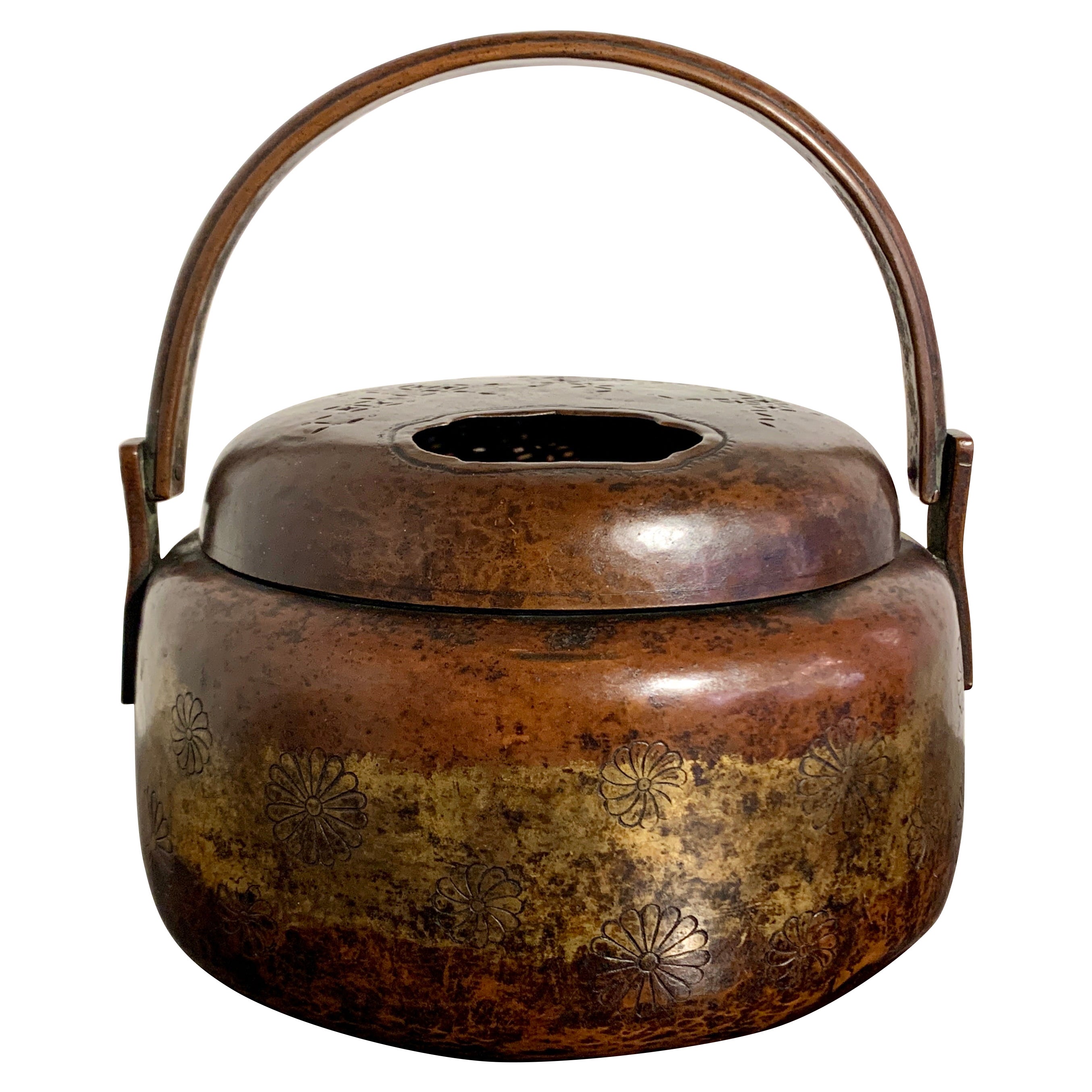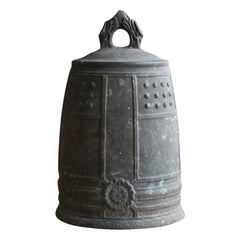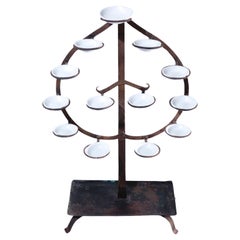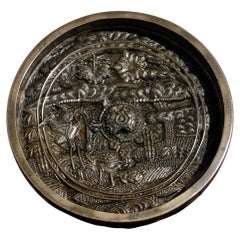
Japanese Antique Handcast Bronze Temple Bell / Edo Period 1822 / Hanging Bell
View Similar Items
Want more images or videos?
Request additional images or videos from the seller
1 of 21
Japanese Antique Handcast Bronze Temple Bell / Edo Period 1822 / Hanging Bell
About the Item
About the Seller
5.0
Platinum Seller
These expertly vetted sellers are 1stDibs' most experienced sellers and are rated highest by our customers.
Established in 2015
1stDibs seller since 2020
1,108 sales on 1stDibs
Typical response time: 3 hours
More From This SellerView All
- Japanese Old Little Bronze Hanging Bell / 1900-1960 / Traditional DesignLocated in Sammu-shi, ChibaIn Japan, it is a small bronze bell from the Taisho era to the first half of the Showa era. It's small, but it has a beautiful design. This design has been around for hundreds of years and hasn't changed much. It is the same as the design of the big bell...Category
20th Century Japanese Showa Metalwork
MaterialsBronze
- Chinese Antique Casting Handbell Made of Copper Alloy / Temple BellLocated in Sammu-shi, ChibaA Chinese antique handbell made of copper alloy. I think it is from the late Qing dynasty to the end of the Qing dynasty. Although it is a casting, ...Category
Antique 19th Century Chinese Qing Metalwork
MaterialsBrass, Bronze
- Japanese antique wall-hanging wooden Buddha statue/Edo period/1603-1868/WabisabiLocated in Sammu-shi, ChibaThis is a wooden Buddha statue made around the Edo period in Japan. Although it is a small Buddha statue, it has a strong presence and is beautiful. Originally, there was a wooden pe...Category
Antique 18th Century Japanese Edo Sculptures and Carvings
MaterialsCypress
- Antique hanging scroll of Japanese cat/Late Edo-Meiji period/Cat paintingLocated in Sammu-shi, ChibaThis is a picture of a cat drawn by a person named "Toshizumi Nitta" from the end of the Edo period to the beginning of the Meiji period. She is a very simple and cute cat. He is a vassal of the Tokugawa Shogunate, born in Ota City, Gunma Prefecture (southern part of Gunma Prefecture). He was related to the Tokugawa family and lived in a large mansion in the Ota clan in Gunma prefecture. However, the Nitta family's territory was very small, and they were by no means a wealthy vassal. He seems to have lived quite poorly. So he painted cats and sold them to people. The Nitta family continued to draw pictures of this cat for four generations. "Nitta toshizumi" is equivalent to the fourth generation. During the Edo period, sericulture was thriving in the Kanto region. Cats were said to be the gods of silkworms, as they drive away mice, the natural enemies of silkworms. It was the Nitta family who drew such a cat on paper, pasted it in the silkworm chamber, and sold it as a mouse repellent. There were also other monks who painted pictures of cats, but the Nitta family in particular was related to the Tokugawa family, so people believed that paintings of cats had special powers. , a lot of paintings...Category
Antique Late 19th Century Japanese Edo Paintings
MaterialsPaper
- Japanese Antique Copper Alloyr Tray / 1800-1900 / Gong / Wabi-Sabi ArtLocated in Sammu-shi, ChibaI bought a very attractive copper tray. This is an item that was once used as a gong. In other words, it was used as a percussion instrument. It was also used in temples. The materi...Category
Antique 19th Century Japanese Edo Tableware
MaterialsCopper
- Japanese Antique "Staircase Chest" 'Late Edo Period-Meiji Period' /CabinetLocated in Sammu-shi, ChibaWe have an aesthetic sense peculiar to Japanese people. And we introduce the unique items that only we can do, the route of purchasing in Japan, the experience value so far, and the way that no one can imitate. Japanese antique black chest "staircase chest...Category
Antique 19th Century Japanese Edo Furniture
MaterialsCedar
You May Also Like
- Antique Japanese Tomyodai, Edo periodLocated in Point Richmond, CAJapanese Tomyodai, a temple light stand created of iron and copper in the upright form of the Tama (Buddhist flaming jewel) with 13 ringlet projections to...Category
Antique Mid-19th Century Japanese Edo Metalwork
MaterialsCopper, Iron
- 19th Century Japanese Edo Period Bronze GongLocated in New York, NYUnique and impressive 19th century Japanese Toshogu shrine gong honoring Tokugawa leyasu, founder of the Tokugawa Shogunate that ruled from 1603 to 1867, known as the Edo period. Wi...Category
Antique Mid-19th Century Japanese Edo Metalwork
MaterialsBrass, Bronze
- Japanese Cast Bronze "Longevity" Mirror, Edo Period, 18th Century, JapanLocated in Austin, TXA heavy and finely cast Japanese bronze mirror with longevity symbols, Edo Period, 18th century, Japan. The small, round mirror with high walls...Category
Antique Late 18th Century Japanese Edo Metalwork
MaterialsBronze
- Japanese Edo Period Bronze Vase of Mimikuchi Flying Handle FormLocated in London, GBA rare Edo period bronze vase with Mimikuchi flying handles, with quartered pear shaped body with spiral to the front and back, supported on a flared...Category
Antique Mid-19th Century Japanese Edo Metalwork
MaterialsBronze
- Japanese Samurai Helmet Kabuto Edo Period (1603-1867)Located in Hampstead, QCA Japanese Samurai black-lacquered helmet (kabuto) in suji bachi style and of a goshozan shape consisting of the: - main dome (hachi) made from 16 plates in natural iron riveted to...Category
Antique Early 19th Century Japanese Edo Metalwork
MaterialsIron
- Pair of Japanese Edo Period Foliate and Bird Relief Decorated Bronze VasesLocated in Milford, NHAn attractive pair of Japanese Edo Period bronze vases with relief foliate and bird decoration, probably dating to the early 19th century, in very go...Category
Antique Early 19th Century Japanese Edo Vases
MaterialsBronze
Recently Viewed
View AllMore Ways To Browse
Japanese 5 Sided Bronze
Hanging Temple Bell
Antique Metalworking Tools
Ji Co
Tibetan Coral Figurines
Safavid Brass
Cloisonne Enamel Quails
Chinese Cloisonne Enamel Ring
Bronze Asian Fisherman
Antique Tibetan Bell
Antique Tibetan Bells
Cast Iron Teapot
Japanese Iron Tetsubin
Japanese Tetsubin
Turkish Copper Ewer
19th Century Middle Eastern Arabic Coffee Pot
Abumi Japanese Stirrup
Cloisonne Fish Bowl
